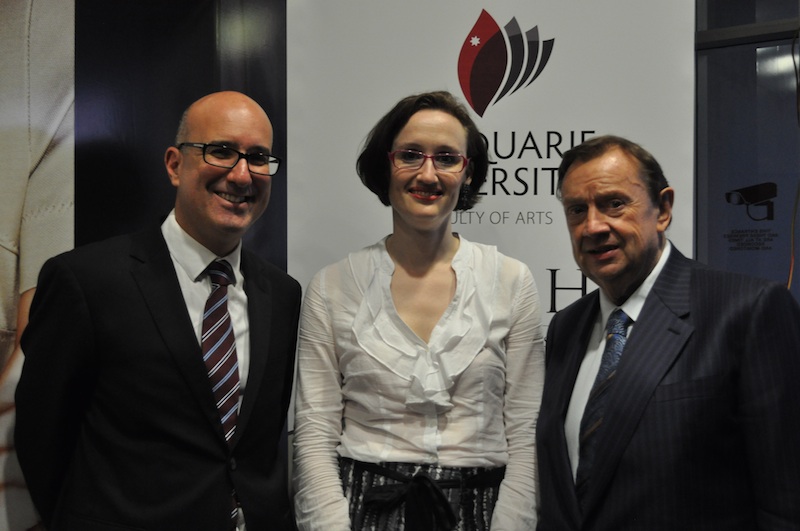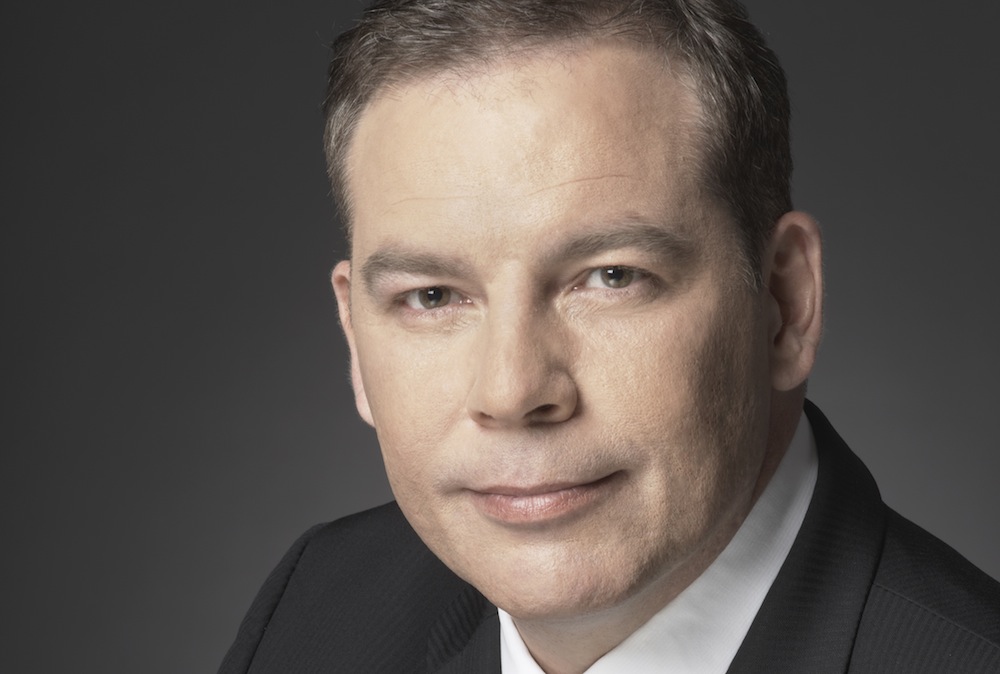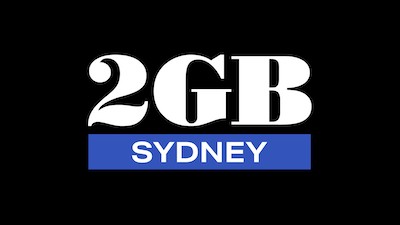Changing Stations

Australia’s leading authority on media and commercial radio history teaches Scott Muller a thing or two – and talks about your important contribution to our cultural history, and what you can do to make a lasting difference…
Professor Bridget Griffen-Foley is Australia’s leading media historian and authority on the history of commercial radio and its ever-changing stations.
In 2009 she published the highly recommended bible on our industry, “Changing Stations: The Story of Australian Commercial Radio” – and, as Director of the Centre for Media History at Macquarie University, she recently launched the Media Archive Project (MAP) – our first comprehensive archive of Australian media history.
{pictured above right: Angelos Frangopoulos, Bridget Griffen-Foley, Harold Mitchell at the launch of Australia's Media Archive Project (MAP)}
Speaking with Radio Today, Bridget Griffen-Foley said:
“Commercial radio inspired (the Media Archive Project) – the impetus came from my work and research on the history of commercial radio, and out of that came awareness that there wasn’t much material available or archived. There was a need to create something more systematically”.
Yet compared with other media such as network television, commercial radio is significantly under-represented in MAP.
“Yes, there’s a big gap in the database for material from commercial radio. We haven’t found as much as we’d like. Some of the major (metro) commercial stations and networks haven’t been able to advise of what they have. So we haven’t got nearly as much material in the database for major radio networks as for the major television networks – quite a challenge!”
What exactly is the Media Archive Project (MAP)?
MAP is Australia’s first central database of all things media, and it’s critically important to our cultural history. Its scope is ambitious and comprehensive, covering the complete history of television, news, newspapers, magazines, and radio – including commercial, public and community radio. And it gives current and future generations information about where to access examples of Australian cultural life and popular culture now and over the decades.
So, what’s included on MAP from commercial radio?
“Currently we have a number of radio stations and groups who have summarised their holdings. And people like radio historian, Bruce Carty, have material from around 600 AM radio stations”.
However, the larger radio groups and metro stations are sparsely represented. A quick search through the database (link below) shows little material representing any of the Triple M stations – and there’s virtually nothing from some of the other mighty FM radio station brands of the last 30 years – Sydney’s 2Day, Brisbane’s B105, Adelaide’s SAFM, Perth’s 96fm, or any of the Novas – whether that be audio (airchecks, ads, promos, ACRAs entries), video footage (TVCs, events), photos, posters, playlists, announcer schedules, historically important (but no longer competitively sensitive) company documents, or newspaper articles and interviews …
Visit this link and search “commercial radio” to see for yourself…
https://mediaarchivesproject.mq.edu.au
It would be a tragedy to lose almost the entire historical record of some of the biggest influences, and influencers, on Australian popular culture over the last 30+ years – from Mulray to Martin Molloy to Merrick & Rosso to Meshel, Marty & Tim (the 80s, 90s, ‘00s, and today). And there’s very little to remind future generations of any of the other stars on the list of Top 30 FM Stars of All Time (here).
That’s not to say the larger networks and metro stations are the only ones MAP archives – any material from commercial radio is of interest. And the kinds of archive material MAP lists are truly diverse, as so much that we in radio take for granted day-to-day is of great interest outside the media:
|
• Radio ads, promos, imaging, comedy spots – all forms of radio production • Airchecks of shows, news, ACRAs entries, etc • Footage (video, audio), photos • All types of marketing & promotional material, including press, merchandise, stickers, posters, CDs (think “post-campaign reports and presentations”) • Format documents, such as old playlists, old research lists, music charts • Historic equipment (cameras, microphones, cart machines, reel-to-reels, playout systems, audio and broadcasting equipment, etc) • Minute books, personel files, correspondence, scrapbooks, newspaper indexes, comic books, paper stories, cartoons |
“There are collections at risk of disposal by individuals and organisations no longer able to keep for lack of space or other reasons. As we’ve found records like this, we’ve helped introduce people to appropriate libraries and archives that would be willing to take on the material. We’ve also been grateful for the support and assistance of the National Film and Sound Archives”.
Whatever you do, don’t throw your old radio memories out!
While MAP isn’t itself a storage facility, they can point you in the right direction to donate what you have to an appropriate facility. So if you, your station, or network has material that may be worth listing in the MAP database, or you’d like a direct introduction to appropriate libraries and archives, please email the MAP team at:
The only thing you then need to do is provide a summary of the material for the database, and to ensure that the material is retained safely, either in your premises or in a collecting institution.
“One final point on archiving material – if you give major collections to collecting institutions there’s often a tax deduction under the cultural gifts program”
_____________________________________________________________________
Footnote:
“Changing Stations: the Story of Australian Commercial Radio”
As mentioned, Professor Bridget Griffen-Foley’s book, “Changing Stations”, is highly recommended. Even if you have an encyclopaedic knowledge of the commercial radio industry, you’re guaranteed to come away from it having learned a lot – and with a deeper, broader understanding of the industry.
“Changing Stations” covers the complete history of our industry up until 2009 – so it’s very up-to-date – and is available online at amazon.com or the co-op bookshop.
|
Scott Muller is Director of MBOS Consulting Group, a media management and consulting firm. |




